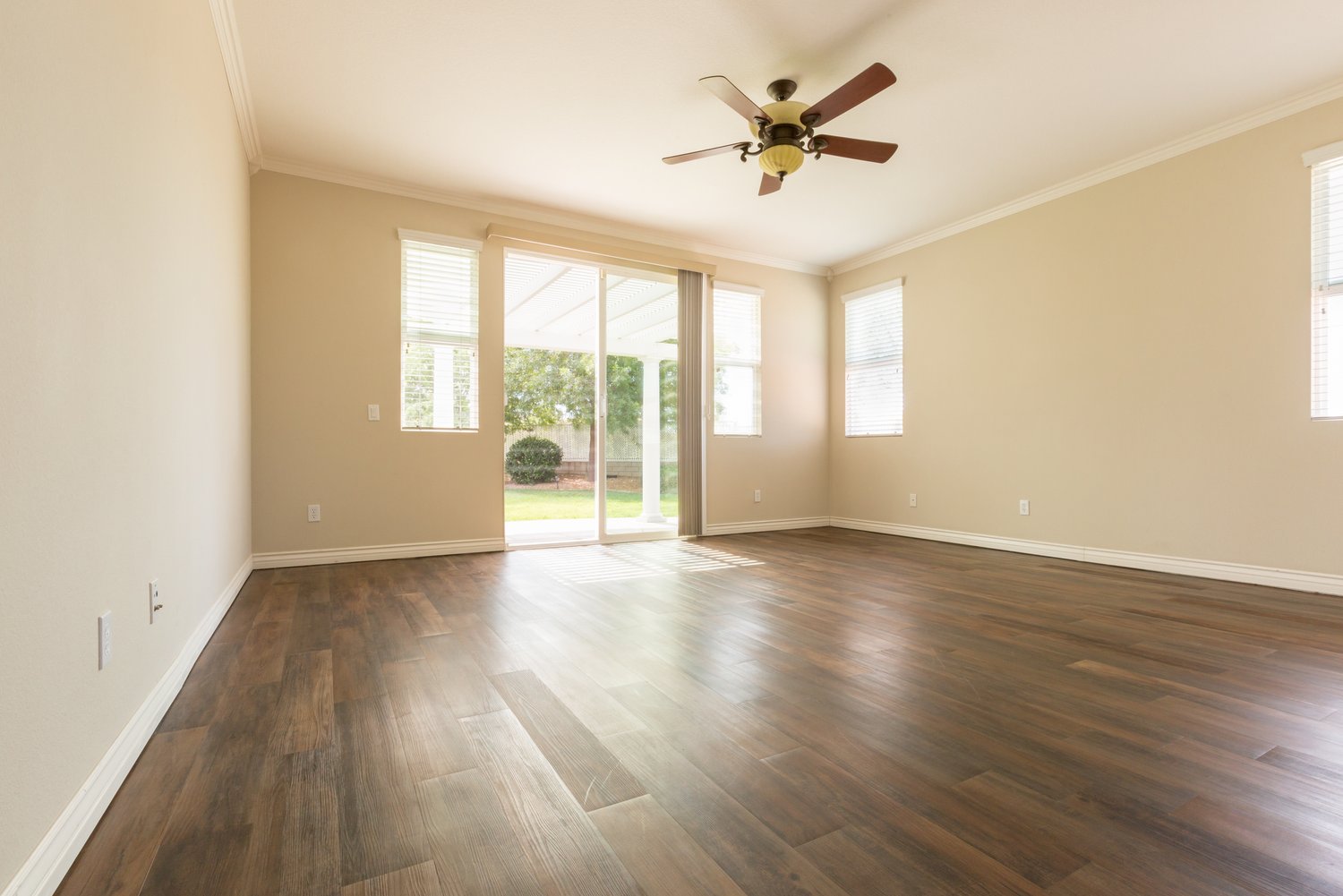When renovating your home, choosing the right flooring material can significantly impact both aesthetics and functionality. Wood flooring remains a popular choice among homeowners, but the decision between engineered wood vs solid hardwood often causes confusion. Both options offer natural beauty and warmth, but they differ in terms of construction, stability, installation methods, and cost. This article will compare these two wood flooring types to help you determine which option might better suit your specific needs and circumstances.
Understanding the Basic Differences
Solid hardwood flooring is exactly what its name suggests—planks milled from a single piece of wood, typically 3/4 inch thick. This traditional flooring option has been used for centuries and allows for multiple refinishing opportunities throughout its lifespan. In contrast, engineered wood flooring consists of a thin layer of natural wood veneer bonded to multiple layers of plywood or high-density fiberboard (HDF). The cross-layered construction of engineered wood provides dimensional stability that solid hardwood cannot match. When conducting a wood floor comparison, it’s essential to understand these fundamental structural differences as they influence performance in various environments.
Stability and Performance in Different Environments
One of the most significant advantages of engineered wood flooring is its superior stability in environments with fluctuating humidity levels. The layered construction minimizes expansion and contraction, making it suitable for installation in basements, over concrete slabs, and with radiant heating systems. Solid hardwood, while beautiful, is more susceptible to environmental changes. It expands in humid conditions and contracts when the air is dry, potentially causing gaps between planks or warping over time. When choosing wood flooring for areas with significant humidity variations, engineered products typically outperform their solid counterparts.
Lifespan and Refinishing Potential
The best hardwood type in terms of longevity is often considered to be solid hardwood. With proper care, solid hardwood floors can last generations—sometimes over a century in historic homes. The substantial thickness allows for multiple sandings and refinishings, sometimes up to 5-7 times throughout its lifespan. Engineered wood’s refinishing potential depends on the thickness of its veneer layer. Premium engineered products with wear layers of 3mm or more might allow for 2-3 refinishings, while thinner veneers may only support light screening or might not be refinishable at all. Homeowners planning to stay in their homes for decades might find solid hardwood’s refinishing capacity appealing for long-term value.
Installation Methods and Complexity
Installation considerations play a crucial role when comparing these flooring options. Solid hardwood typically requires professional installation using a nail-down method over a plywood subfloor. The installation process can be labor-intensive and must be performed on the ground floor or above. Engineered wood offers more installation flexibility with floating, glue-down, or nail-down methods available depending on the product. Many engineered products feature click-lock systems that simplify installation, making them popular for DIY projects. As recommended by experts at AskHomey, homeowners should consider their installation preferences and subfloor conditions when deciding between these wood flooring options.
Cost Considerations
The price difference between engineered and solid hardwood varies significantly based on wood species, quality, and brand. Generally, mid-range engineered products cost less than comparable solid hardwood options, partly due to efficient use of the premium hardwood layer. Entry-level engineered flooring starts around $3-5 per square foot, while solid hardwood typically begins at $5-8 per square foot for domestic species. Installation costs also differ, with engineered flooring installation often costing less due to simpler installation methods. However, premium engineered products with thick wear layers and exotic wood species can exceed the price of many solid hardwood options, illustrating that price ranges overlap considerably.
Environmental Impact and Sustainability
Both flooring types have environmental implications worth considering. Solid hardwood uses more of the harvested tree per square foot of flooring, potentially making engineered wood more resource-efficient. Many engineered wood manufacturers utilize fast-growing species for the core layers while reserving precious hardwoods only for the visible surface. However, some engineered products contain adhesives that may emit volatile organic compounds (VOCs). When sustainability is a priority, look for products with third-party certifications such as Forest Stewardship Council (FSC) approval and low-VOC adhesives, regardless of which type you choose.
Making Your Final Decision
The choice between engineered wood vs solid hardwood ultimately depends on your specific situation. Consider your home’s environment, subfloor conditions, installation preferences, budget constraints, and how long you plan to keep the flooring. Solid hardwood excels in longevity and refinishing potential, making it ideal for permanent installations in stable environments. Engineered wood offers superior stability in challenging environments and often provides easier installation options. Both can increase your home’s value and provide the warmth and beauty that only real wood delivers.
For more tips and to connect with reliable home service professionals, follow AskHomey on Facebook and Instagram.



